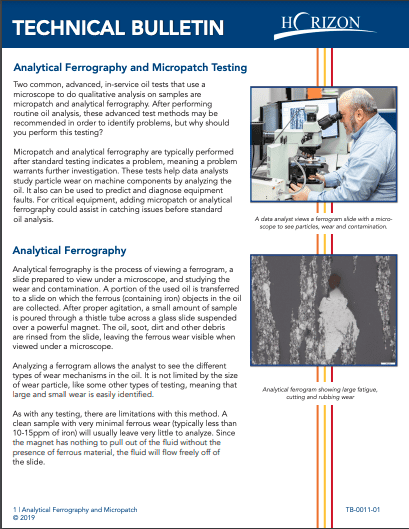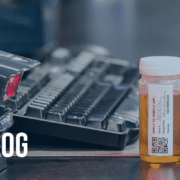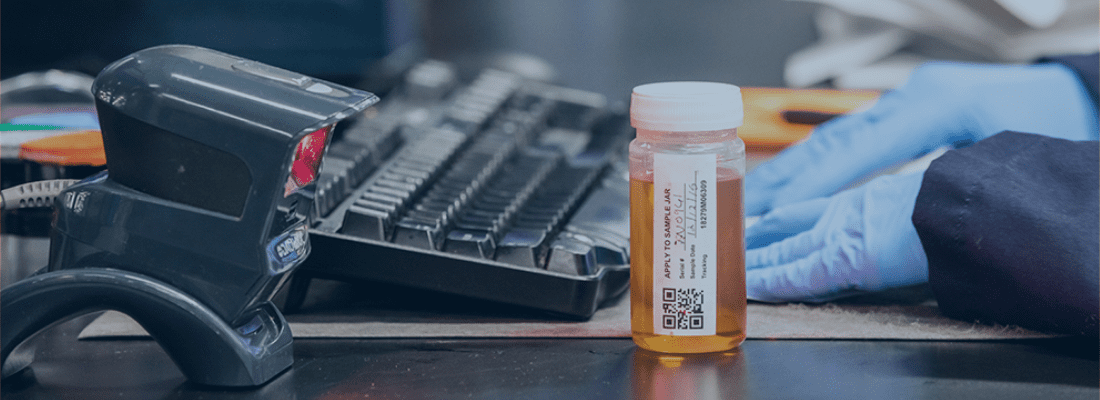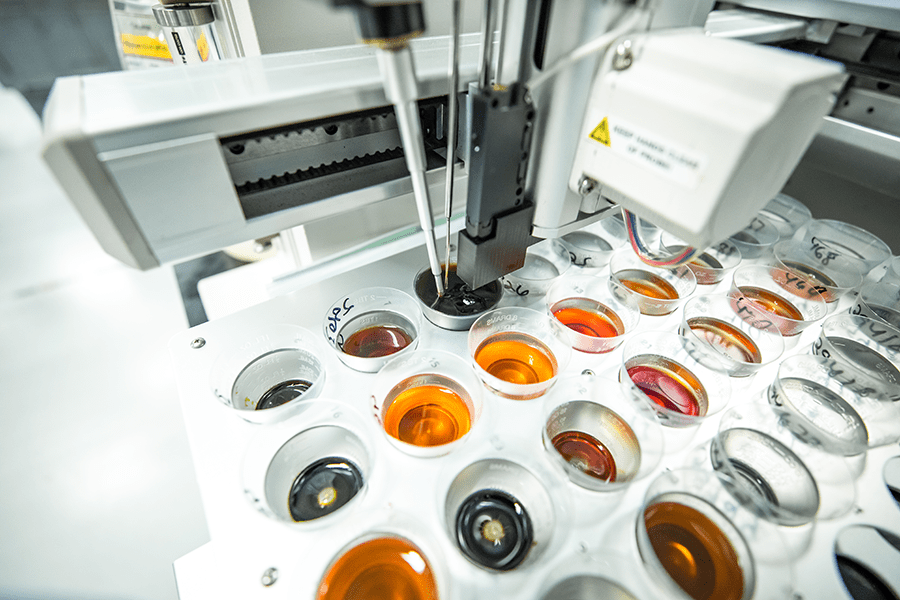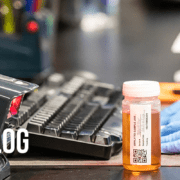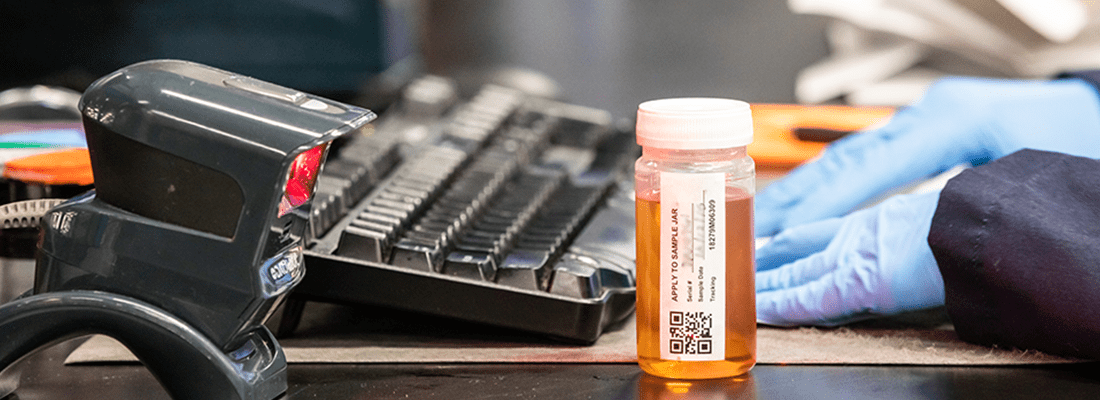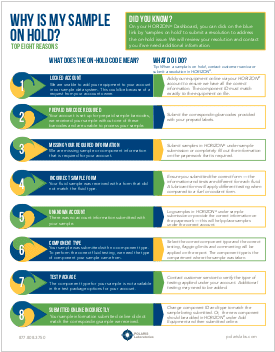How to Prepare Your Program for 2022

After the events of 2020 throwing operations out of whack, we had high hopes for 2021. Unfortunately, the maintenance industry continued to struggle – whether it be labor shortages or lubricant shortages. But, we’re here to give you a little hope for 2022. We’re here to help you get your maintenance program ready for a new year.
Here are some tips to regain control of your maintenance program:
- Take an inventory of your equipment and conditions
- Identify or reassess the importance (criticality) of each equipment in your processes
- Dust off and review maintenance records of each individual piece of equipment
- Identify specific needs for each piece of equipment
If fluid analysis is one tool you use to assess equipment conditions, then consider these:
- Collaborate with your Technical Business Consultant | Identify specific actions/activities that will enhance the impact of a well-managed fluid analysis program (our team’s contact info is listed below)
- Audit your Equipment List | Complete any missing information and move inactive equipment to a mothball account
- Review Your Users | Assess your list of active users and add new or remove those that are no longer needed
- Determine Training Needs | Identify gaps and schedule appropriate sessions and topics
- Develop and Participate in a Program Review | Program reviews highlight areas where the program is being successful, as well as those needing improvement. Specific equipment in need of attention can be identified as well.
If you are ready to refocus your maintenance and fluid analysis, contact your POLARIS Laboratories® Technical Business Consultant for assistance in reviewing your maintenance practices so you can take your fluid analysis program to the next level.
POLARIS Laboratories® Technical Business Consultants:

Henry Neicamp
hneicamp@polarislabs.com
Connect with Henry on LinkedIn

Julio Acosta
jacosta@polarislabs.com
Connect with Julio on LinkedIn
Proven Impact. Proven Uptime. Proven Savings.
Let us prove it to you.




